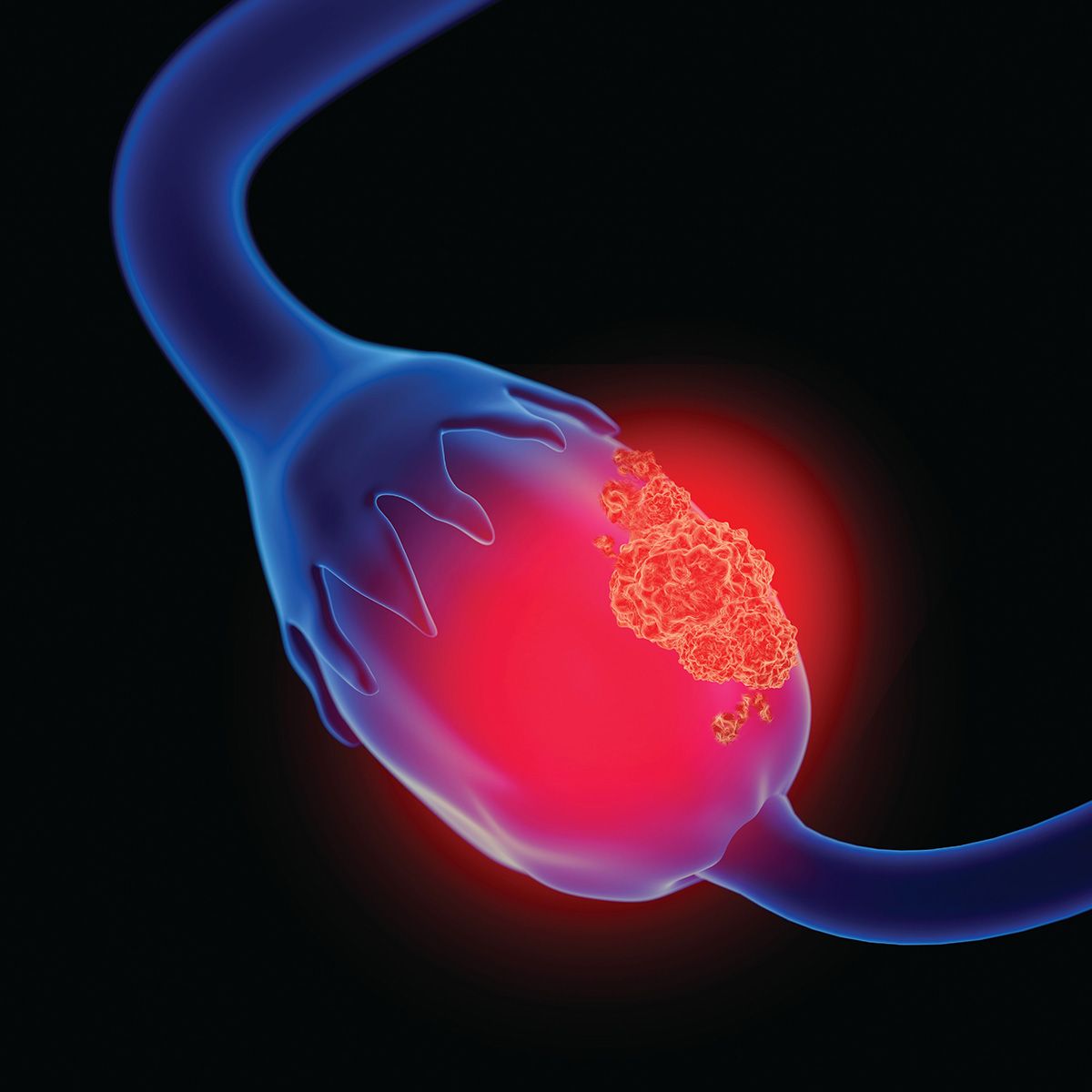Blog
Article
My Challenge With Insurance as My Wife’s Cancer Caregiver
Author(s):
Even though my wife became quadriplegic after her breast cancer progressed, our insurance still did not help us out, so I became her caregiver full-time.
Preparing to become his wife's full-time cancer caregiver meant Charles had to receive physical therapy at 70 years old to have gain more range of motion.

Anyone who read my first story of spending 77,000 hours of caregiving might ask, “Why didn't you have help?" I am now compelled to answer. My insurance policy manual page reads as follows:
Home health agency service:
You must be homebound (my wife Alice was quadriplegic after her breast cancer progressed in 2021 and affected her motor skills.)
Home health aide must total fewer than 8 hours per day and 35 hours per week.
Please note this section is not the after the stay at the hospital part. My insurance refused to provide this service. Yes, doctor’s orders were issued and endless arguments were made to many of my insurance’s employees with little success. When appointments were made, many were missed. Thus, the clock was ticking, and my wife’s activities of daily living were left to me. If I had left my wife alone to fall and earn an intracranial hemorrhage with a million dollars’ worth of hospital bills, then insurance would have provided at-home services, maybe.
Meanwhile, the COVID-19 pandemic was raging. I had to protect myself with all the boosters, flu and pneumonia shots. I also had at-home pharmacists administer these immunity boosters to my wife. Then, I took in all the mask, distancing and hand-washing protocols to prevent me from passing symptomatic and asymptomatic viruses to her. Also, I requested routine urinary tests for her. I knew that UTIs also affect one’s mental abilities. I even found an at-home podiatrist to care for her foot needs.
Plus, as a result of the quadriplegia, my spouse developed recurring pressure sores, which became very painful to her. They required repeated cleansing, dressing and antibiotic ointments. Nevertheless, I relentlessly kept infection at bay. I regularly re-positioned her through the day and night.
However, I was not the real hero here. The real heroes were behind the scenes; two physical therapists were the real heroes! They gave this 70-year-old body the endurance, range of motion and flexibility to bathe, change, lift, feed and dress my wife. Without them, I would not made 10,000 hours of caregiving and my wife would have passed away much sooner. These heroes added eight more years to my wife’s life. They allowed me to care for my wife at home. They deserve our praise for this tireless work.
Furthermore, as a result of neglectful and purposeful insurance obstacles, I was forced to delay my own physical health. I postponed cataract surgery, prostate biopsies and annual screenings because post-opt restrictions of lifting, bending and day-to-day activities would restrict. Then, no one would care for my spouse. Yes, many, many hours of stress and heartache to preserve life. People would tell me, “I don’t know how you do it!” In contrast, those same people would never offer a hand or moment of respite care for me to even go watch a movie in the theaters!
We must comply with insurance requirements but who has the endurance to make people comply with their regulations, appeal after appeal? Time is on their side, not yours. This is the “rest of the story.”
This post was written and submitted by Charles Elwert. The article reflects the views of Elwert and not of CURE®. This is also not supposed to be intended as medical advice.
For more news on cancer updates, research and education, don’t forget to subscribe to CURE®’s newsletters here.




